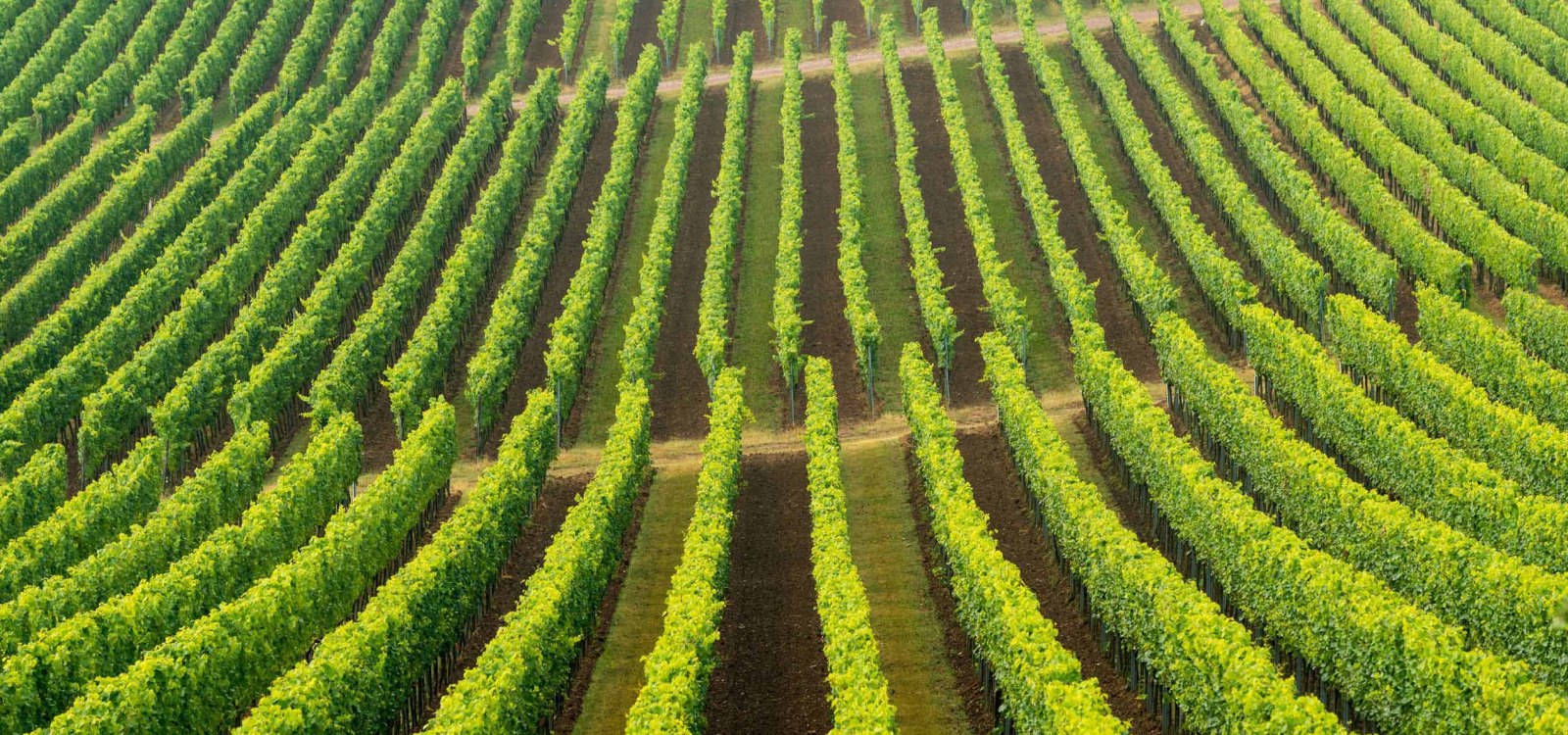
searchMenu



A mountain like gold and the white tower Jugenheim is also one of the "golden vineyards of Rheinhessen". Again, there is no vein of gold in the ground here. What a shame! But it is a highly valued, one could say "gold-valued" site. Vines of all kinds thrive on loess-loam and lime marl. The Jugenheim wine hike leads around the Goldberg. Worth seeing and a nice place to rest: the white tower. The "Selztal Terroir Route 1" starts in Jugendheim. There, soil profiles are shown – touch the terroir. Wine tables invite you to take a…

Sacred caves and predatory birds No vultures, no hell, but a Madonna in “Mariengrotte” (Mary’s cave). Today, we usually think of vultures as very large scavengers. In the Middle Ages, however, the word meant birds of prey, i.e. hawks or buzzards. The naming of the vineyard is due to the appearance of this bird species. Klein-Winternheim invites you to walk along the Panoramaweg with its vineyard swing, on which a small family can comfortably sit. The Mariengrotte with its Madonna is worth seeing. The bright red vineyard…

Saint John and the vineyards by the river Rhein Isn't the village of Johannisberg in Rheingau? Yes. But it was a Mainz archbishop who settled a community of monks there around 1100 and dedicated the basilica to St. John the Baptist. The name of the single vineyard in Mainz-Laubenheim refers to the former property of the Johanniskloster. The location is magnificent, above the district, with a breathtaking view over the river and Ried in Hessen. The "3-Lagen-Wanderung" of the Mainz winegrowers leads through the Laubenheim vineyards. A wide…

Almond, mantle, marl Such a beautiful name, so many questions: The simplest explanation could be that almond trees were found there. Nowadays, almond trees blossom without any problems in sunny Rheinhessen, but also in the Middle Ages? Another interpretation suggests that the vineyard bears the shape of an almond. Well, with a lot of imagination! Almond could also be derived from the Middle High German "Mantel". Not the garment, but meant the forest mantle, the edge zone of a forest. Pine trees are said to have grown there. Today,…

Lörzweiler King's Chair We elect the Salier as king As so often in the Middle Ages; it was the church representatives under whose influence either families strengthened or were weakened. Emperor Heinrich II died in 1024 without heirs. The Archbishop of Mainz, Aribo, helped Konrad to win the election - which is said to have taken place here in Lörzweiler. In glorious procession, the Salian is said to have then been led to Mainz and crowned in the cathedral as Conrad II. The site was mentioned in a document in 1490 with…

A vanished village and an up-and-coming location Has the devil been up to his mischief here? The name "devil" in the case of vineyards often refers to disreputable localities. Or is it perhaps based on a more harmless personal name? The single vineyard site lies to the west of the village. Not far away, however, in the direction of the river Rhein, is a late Baroque cemetery cross with a somewhat creepy background. The village of Rudeslheim, which perished in 1822, is located there. The cross is a reminder for this. The "Ludwigshöher…

Unconventional nuns and lime algae grip Historical sources reveal that the prioress of Sion Abbey in 1297 was "incompetent" and "impudent" (or simply unusually self-confident in the face of male rule). The Cistercian nunnery was founded shortly before 1247 by Truchsess Werner von Alzey. The convent burned down during the Napoleonic Revolutionary War and stones were used to build houses in Mauchenheim. The name of the vineyard site and a newly rebuilt wall with a bronze plaque still commemorate the monastery today. Various grape…

Cheers to Count Casimir! Yes, Mettenheim had a castle; and a residential castle at that! It no longer exists, but there are many other historic buildings in the town center. Half-timbered houses, baroque church, count's rent office (chancellery and administration building) were built by count Johann Casimir Kolb von Wartenberg. From 1709 Mettenheim became the property of the counts of Wartenberg. The site name refers to a castle built in 1726. Mettenheim is located on the beautiful Rhine terrace. Hikers discover this region best via…

A weathered cross and two intersecting vineyards This is one of the oldest vineyards in Germany: it was mentioned in a document as early as 1307 with the name "an Seller Weg". The name goes back to a wayside cross on the road to Zell (Donnersbergkreis/Kirchheimbolanden). Saint Philip of Zell is said to have placed a weathered cross here in the 8th century. A special feature of the site: the border between southernmost Rheinhessen and northern Pfalz runs right through the middle of the vineyards. Excellent mineral Rieslings and Pinot Noirs…

Talk is silver, drinking is gold Were there silver deposits in Rheinhessen or in the village of Mommenheim? Questionable. The location was already mentioned in a document in 1436 with the name "in der silbergruben". A pit is a depression in the ground, so far so good. After all, Mommenheim is located at the foot of the Zornheimer Berg. The "silver" in the name of vineyards is usually meant metaphorically. Just like the term "gold." It underlines the value of the site. Rarely is the naming based on really shiny minerals, like galena…
Rheinhessenwein e.V.
Otto-Lilienthal-Straße 4
55232 Alzey
E-Mail: info@rheinhessenwein.deRheinhessenwein e.V.
Otto-Lilienthal-Straße 4
55232 Alzey
E-Mail: info@rheinhessenwein.de